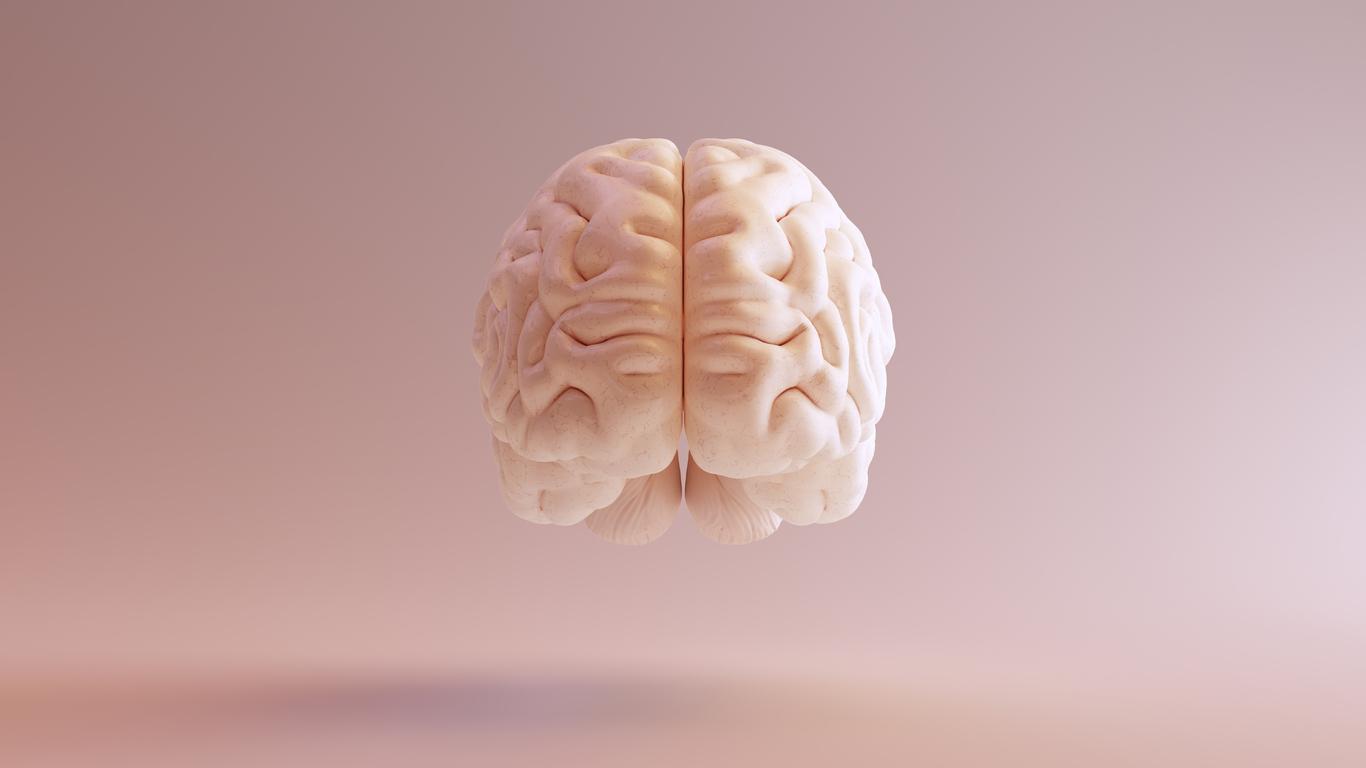Researchers at the University of Wisconsin-Madison have succeeded in creating functional human brain tissue using 3D printing.

- Researchers at an American university have developed the first 3D printed brain tissue.
- It was found to be able to grow and function like typical brain tissue.
- This printing technique could help develop new treatments against neurological diseases such as Alzheimer’s or Parkinson’s.
Impressive breakthrough offers new hope for people with neurological disorders or neurodevelopmentalsuch as Alzheimer’s and Parkinson’s diseases. A team from the University of Wisconsin–Madison developed the first operational 3D printed brain tissue.
The researchers presented their promising method in the scientific journal cell Stem cellFebruary 1, 2024.
3D printing: functional 3D brain tissue has been created
In previous attempts, scientists attempted to produce brain tissue with the traditional approach of 3D printing. That is, stack the layers vertically. American researchers opted for another method: a horizontal print. The brain cells, neurons cultured from induced pluripotent stem cells, are placed side by side. Furthermore, they were put in a softer “bio-ink” gel than that used by previous attempts.
“The tissue still has enough structure to hold together, but it is soft enough to allow the neurons to grow into each other and start talking to each other.”explains Pr Su Chun Zhang du Waisman Center of the’UW–Madison.
“Our tissues remain relatively thin, which allows neurons to easily obtain sufficient oxygen and sufficient nutrients from the growth medium”adds his colleague Yuanwei Yan.
Analyzes, carried out on developed brain tissue, show that cells can communicate with each other. “Printed cells pass through the medium to form connections within each printed layer as well as across layers, forming networks comparable to the human brain. Neurons communicate, send signals, interact with each other via neurotransmitters and even form real networks with support cells added to the printed fabric.specifies the scientists in their communicated.
During their experiments, the team attempted to create cortex and striatum tissue (inner part of the brain which regulates motivation and impulses in particular). “Even when we printed different cells belonging to different parts of the brain, they were still able to communicate with each other in a very special and specific way“rejoices Pr Zhang.
Printed brain tissue for research
For researchers, their discovery could help to better understand the functioning of the brain and especially to develop treatments for neurological diseases. “We can look very specifically at how nerve cells communicate with each other under certain conditions, because we can print exactly what we want,” explains the expert. For example, printed brain tissue could be used to study signaling between Down syndrome cells, interactions between healthy tissues and neighboring tissues affected by Alzheimer’s disease, test new drug candidates or even observe growth of the brain.
“In the past, we often looked at one thing at a time, which meant we often forgot some essential elements. However, our brain works in networks. We want to print brain tissue this way because cells don’t work on their own. They talk to each other. This is how our brain works and we need to study it as a whole to truly understand it.” concludes the Pr Zhang.















